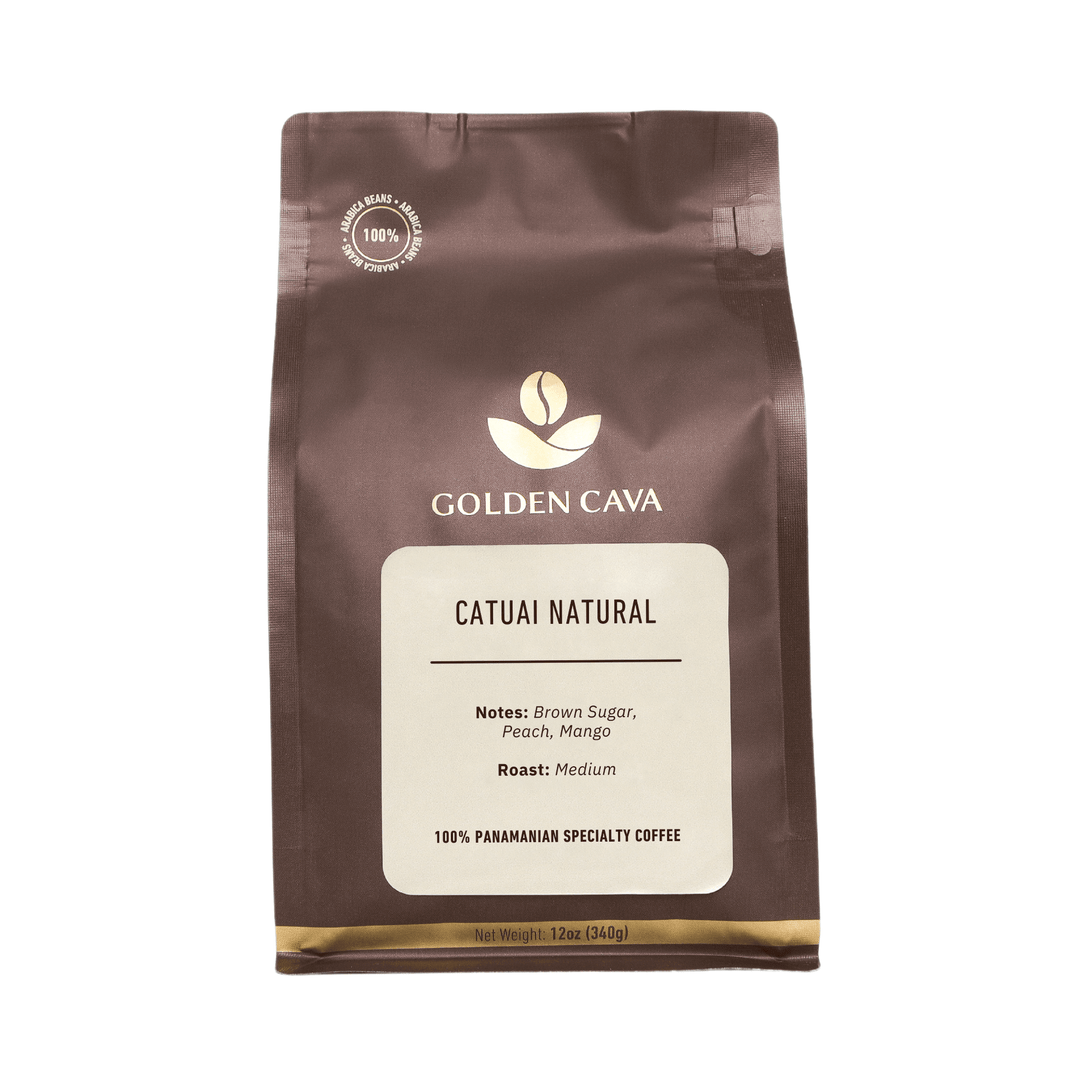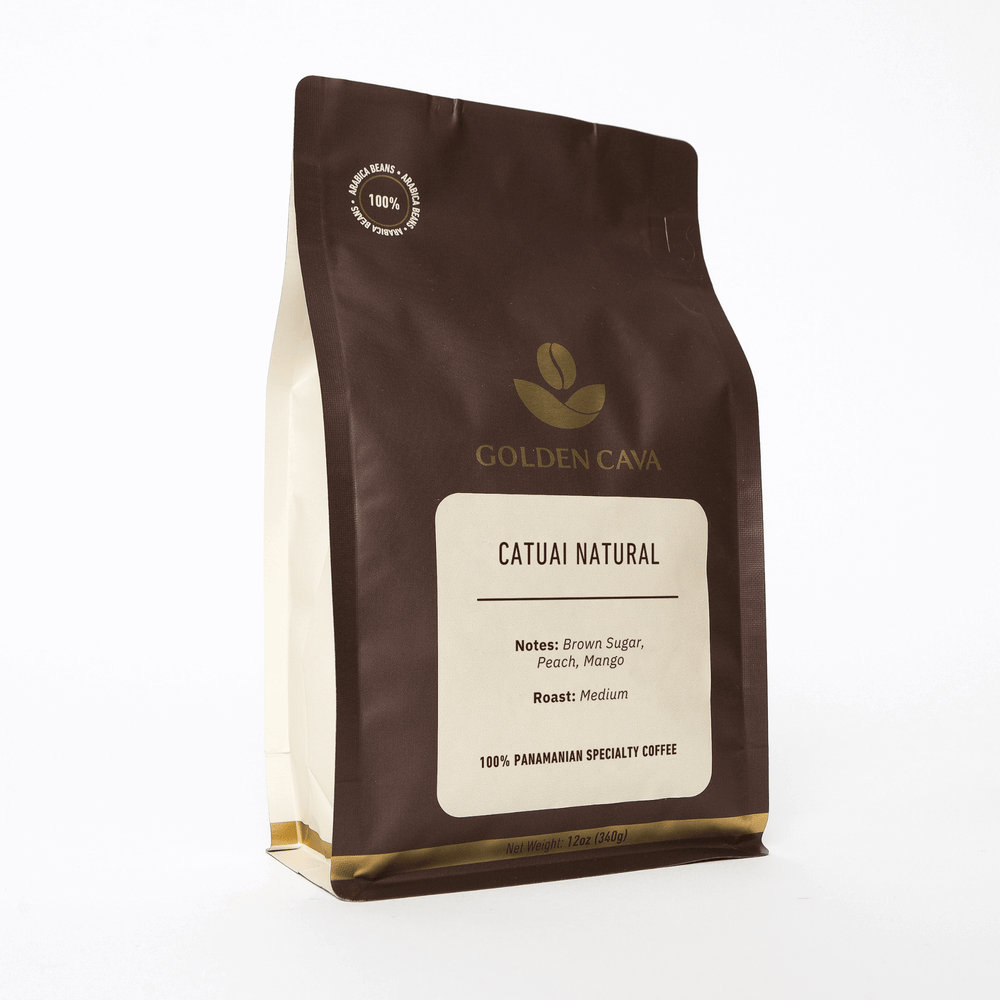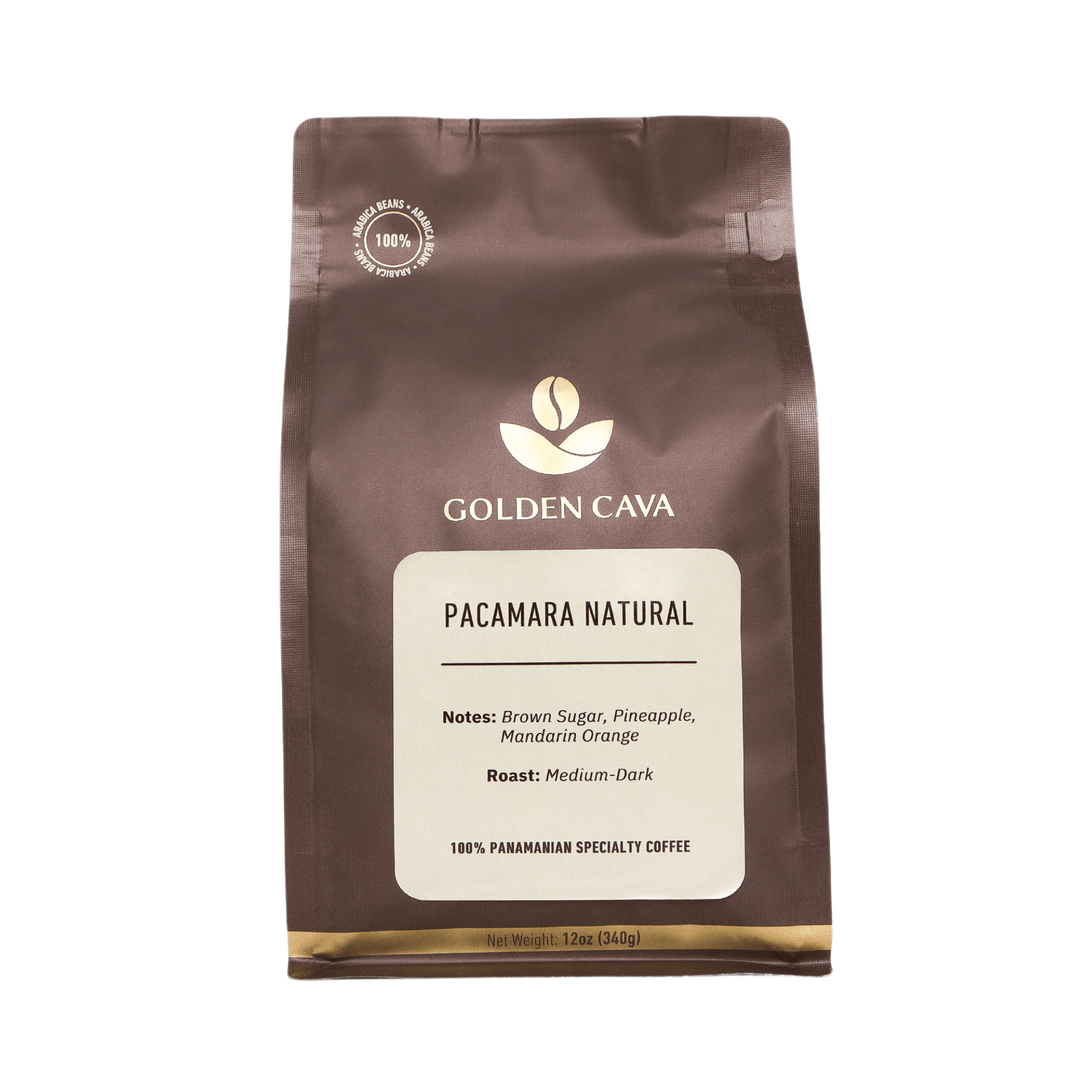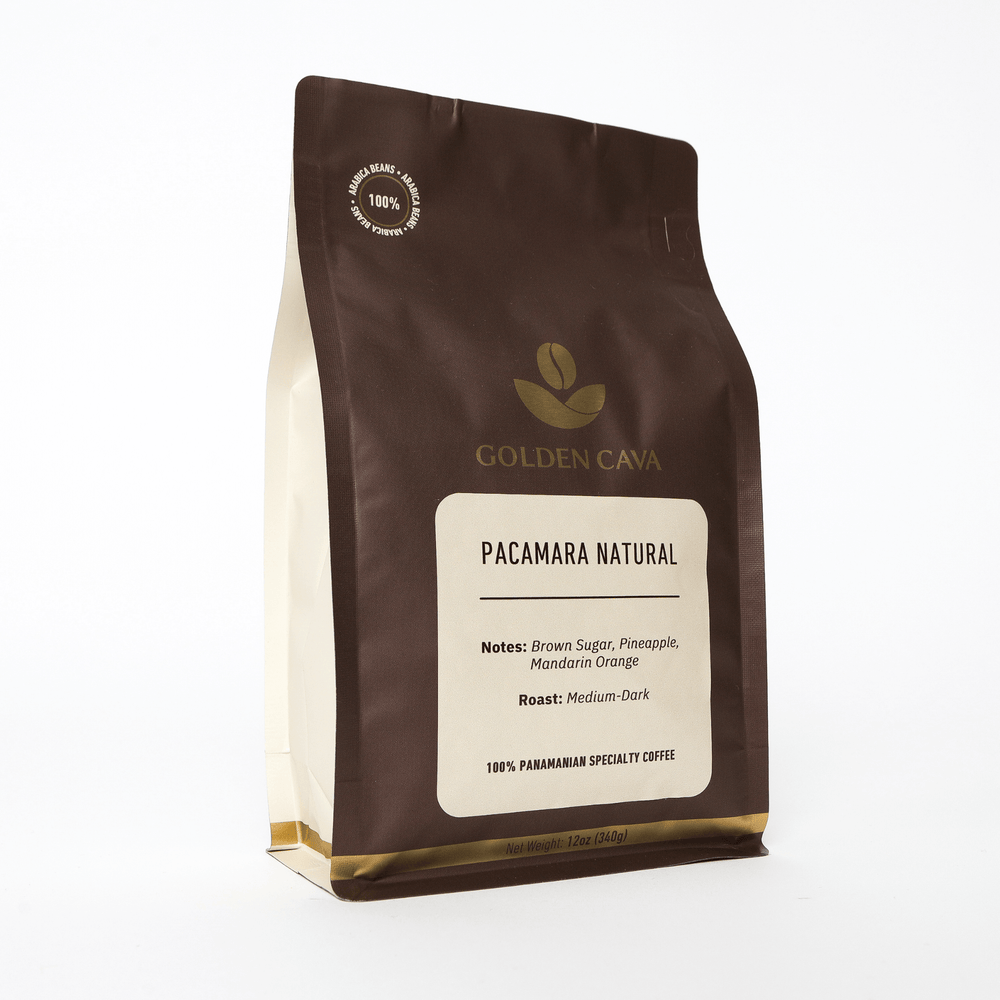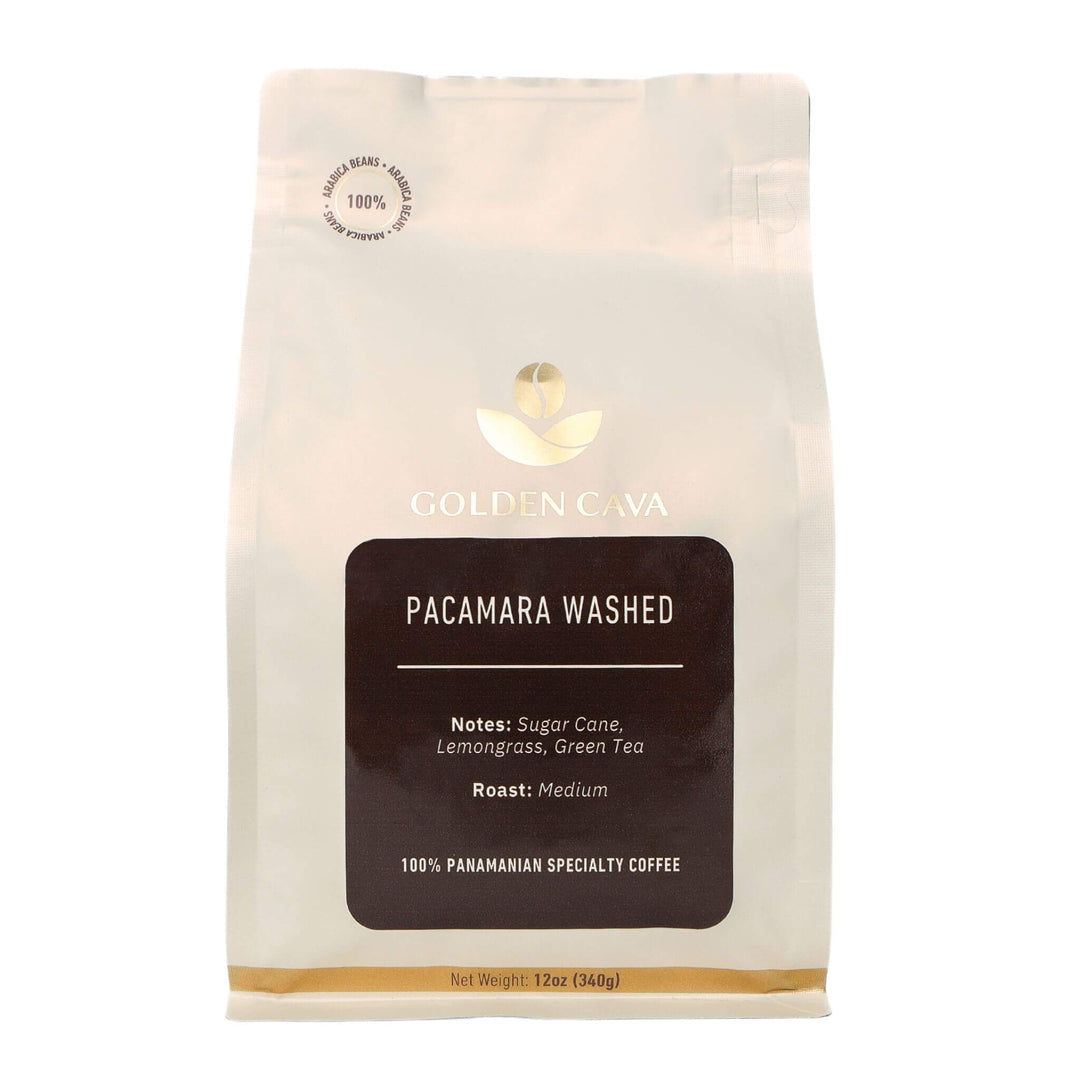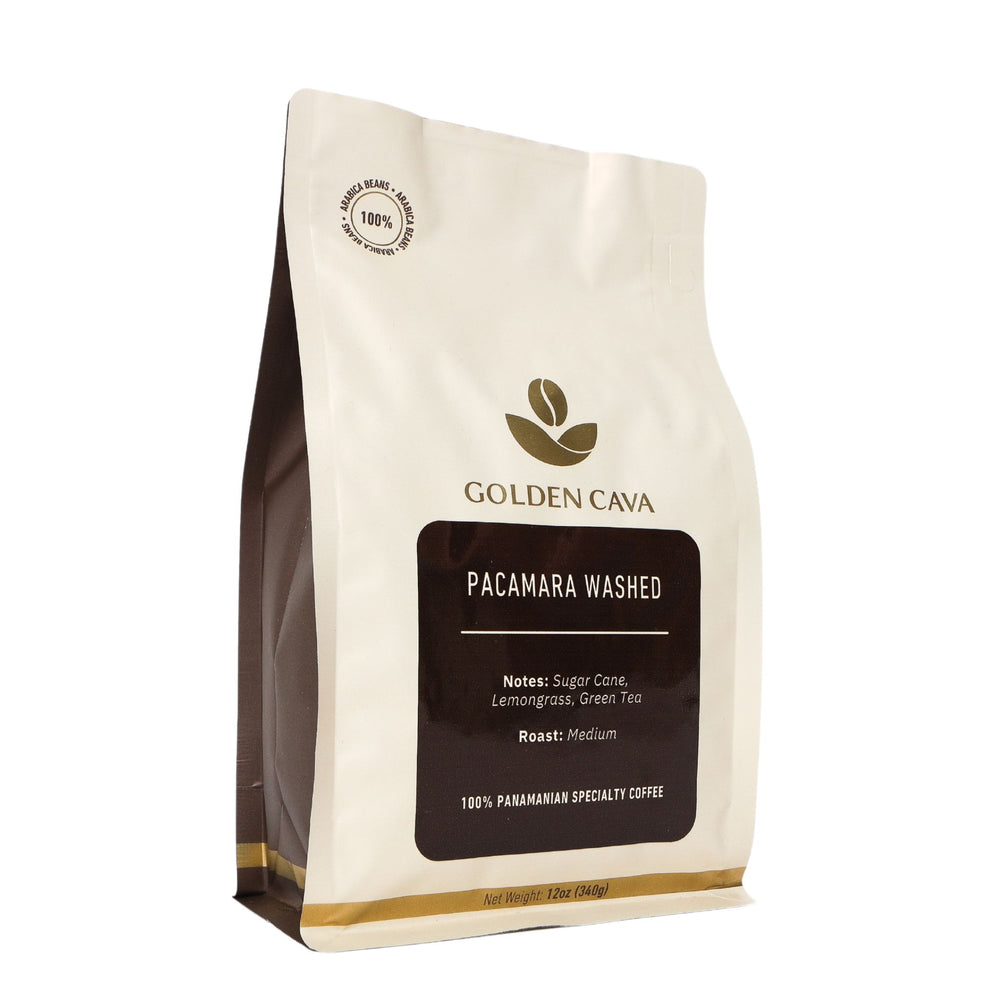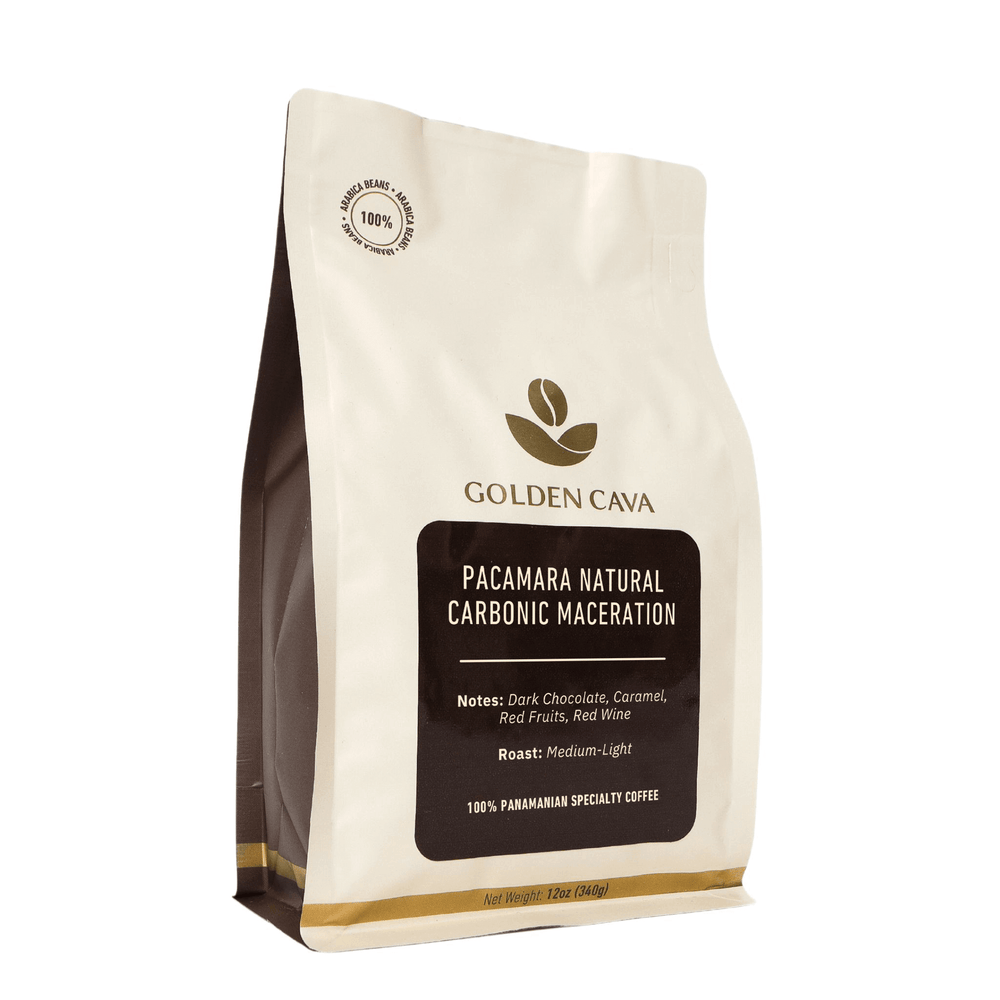Some may wonder what can you use instead of coffee filters and there are any coffee filter alternatives for brewing the perfect cup of coffee. Many coffee drinkers reach for paper filters automatically, but they aren't always the best option. This article will discuss some alternatives to traditional paper coffee filters.
We'll talk about reusable metal coffee filters, which are environmentally friendly without sacrificing flavor. We'll also talk about cloth coffee filters, a simple and effective do-it-yourself option for environmentally conscious coffee drinkers.
We'll also discuss the French Press and the Percolator as alternatives to traditional drip coffee makers and paper filters. Without filters, these methods give you more control over the intensity and flavor of the final beer.
If you're looking for paper coffee filter alternatives or want to spice up your morning brew, keep reading to learn about some inventive alternatives to the standard paper filter.
Table of Contents:
- What Are Alternatives to Coffee Filters?
- A. Paper Towels or Napkins
- B. Reusable Tea Bags
- C. Cowboy Coffee Method
- Reusable Metal Coffee Filters
- Cloth Coffee Filters
- French Press Coffee Makers
- Percolators and Cold Brews
- Frequently Asked Questions What Can You Use Instead of Coffee Filters
- Conclusion
What Are Alternatives to Coffee Filters?
There is an occasional but genuine challenge for coffee connoisseurs: the discovery of a lack of coffee filters. While this may be a disadvantage, remember that coffee has been brewed for centuries using various methods, many of which do not involve modern filters. Hence, there are various excellent coffee filter alternatives. This context invites us to investigate several tried-and-true and innovative alternatives to traditional coffee filters, ensuring one's morning ritual is not disrupted.
A. Paper Towels or Napkins
Paper towels or napkins, a common household item, can be deftly folded to mimic the shape and function of a traditional coffee filter. They fit well in most drip-style coffee makers. While they may not be the first choice due to their transient influence on the flavor of the coffee, they provide a reliable solution when caught off guard.
B. Reusable Tea Bags
Reusable tea bags are made primarily of cloth materials such as muslin or cotton, reusable tea bags can double as an effective coffee filter. Their design allows for the secure encapsulation of ground coffee beans. Once filled, these bags, like tea, can be steeped in hot water to produce a clear and flavorful coffee.
i. DIY Homemade Tea Bag Method:
- Cut a square piece of unbleached cheesecloth or muslin fabric about 4-5 inches wide.
- Add approximately two tablespoons (or your desired amount) of medium-ground coffee to the center of the fabric square.
- Gather the edges and tie them securely with a piece of kitchen twine, leaving enough string to dangle outside your cup or pot for easy removal after brewing.
- Place your homemade tea bag in a glass cup or teapot and pour hot water over it. Let it steep for about four minutes (or adjust according to taste).
C. Cowboy Coffee Method
If you're feeling adventurous, you could try your hand at cowboy coffee, which is made without the use of filters. Coarsely ground coffee is added to boiling water; after a brief simmer, the pot is removed from the heat to allow the grounds to settle before being poured into a mug.
i. Steps for Making Cowboy Coffee:
- Heat some H2O in a pot or teakettle until it is boiling.
- Add coarsely ground coffee beans directly into the boiling water (1 tablespoon per every six ounces of water is recommended).
- Reduce heat slightly and let it simmer for about two minutes.
- Remove from heat and sit undisturbed for another two minutes so the grounds can settle at the bottom of the pan/kettle.
- Pour slowly into cups while trying not to disturb the settled grounds too much; enjoy.
While coffee filters can be handy, there are probably other ways to make coffee that are just as good, if not better. Metal coffee filters that can be reused provide the same benefits as paper filters while also being better for the environment and saving money in the long run.

2. Reusable Metal Coffee Filters
Metal coffee filters can be reused numerous times, making them eco-friendlier and more cost-effective than disposable paper filters. Because they can be cleaned and reused, metal filters are an eco-friendly and economical option. They are available in various shapes and sizes, making them suitable for virtually any coffee machine.
The Benefits of Using Reusable Metal Filters
- Durability: Made from stainless steel or other durable metals, these filters are built to last years without needing replacement.
- Eco-Friendly: Using a reusable filter instead of disposable paper significantly reduces your environmental impact by minimizing waste.
- Better Flavor: Metal filters, say, coffee connoisseurs, let more aromatic oils from the ground beans into the cup, creating a fuller, more robust flavor than coffee filtered through paper.
-
Cleanliness: Metal filters can be easily cleaned by rinsing them under hot water after each use or by placing them in the dishwasher, while cloth filters may absorb flavors over time and require frequent washing.
If you're considering giving that reusable metal filter a go, swap out your old paper filter with a shiny metal one made for your coffee maker. For example,
- GoldTone Replacement Coffee Filter is a great choice for those who prefer a cone-shaped mesh filter, typically required by standard drip-style machines.
- Consider purchasing an Able Disk Coffee Filter made especially for your AeroPress device, which is widely regarded as one of the most portable brewing methods.
Did you know there's more to coffee filters than just the usual options? Indeed, many reusable metal filter varieties are available online and in those boutiques and coffee shops you might've wandered into. Don't hesitate to play around—find the material and method that best suits your taste.
Thinking environmentally? Metal filters are an eco-conscious choice and are pretty budget-friendly in the long run. And if you're leaning away from metal, cloth filters offer a sustainable alternative. The outcome? Less waste and a consistently good cup of coffee.

3. Cloth Coffee Filters
Ever thought about shaking up your coffee routine? Cloth filters might be just the thing you're looking for. They're eco-friendly, easy on the wallet, and can make your coffee taste better. It's like giving a nod to Mother Earth with every sip.
The Advantages of Using Cloth Filters
- Sustainability: Cloth filters can be washed and reused often, while paper filters must be discarded after each use. As a result, you won't have to buy as many replacement coffee filters, saving you money over time.
- Taste: Many coffee drinkers prefer cloth filters as opposed to paper filters. Thanks to the fabric, more of the flavorful oils from the ground coffee beans make it into the brew.
- Versatility: If you ever find yourself without a coffee filter, use a cloth napkin or dish towel as a makeshift replacement. After folding them into the desired form, set them over your cup of hot water and medium-ground coffee.
Making Your Own DIY Cloth Filter
Think cloth filters sound cool but are not ready to buy one? No worries. You can whip up your own in no time with stuff you've probably got lying around the house. Here's how you can DIY your way to a sustainable brew:
- Select a clean fabric such as cotton or linen (dish towels work well).
- Cut out a circular shape slightly larger than the opening of your pour-over cone or drip basket so that it will fit snugly inside when folded in half.
- Place the fabric in your coffee maker, ensuring it covers the entire surface of the basket or cone.
- Add your medium-ground coffee to the cloth filter and proceed with brewing as usual.
Rinse your cloth filter in hot water to remove lingering coffee grounds after each use. If you want to take extra care of your filter and keep it in top shape, you can wash it in the machine. You can reduce your environmental impact and improve the flavor of your coffee by switching to this cheap and easy filtering method.
Tips for Using Cloth Filters
- To prevent over-extraction and bitterness, pour hot water slowly over the ground coffee in circular motions.
- If you're using a homemade tea bag made from cloth instead of traditional paper filters or reusable tea bags, ensure it's tightly secured before placing it into your glass cup or mug filled with hot water. This will ensure that no lose ground escape during brewing.
- Cowboy Coffee at its finest if you want to brew without a filter (cloth or otherwise), try a cowboy-style method like Turkish Coffee, which involves boiling finely ground beans directly in water until they settle to the bottom of the pot.
Cloth filters, an environmentally friendly option for brewing coffee, can provide a tastier cup with fewer environmental consequences. Moving on, consider French Press Coffee Makers and how they can assist you in brewing the perfect cup of joe.

4. French Press Coffee Makers
There is no need for paper filters when using this method, and the resulting coffee is full-bodied and aromatic.
A. How Does a French Press Work?
Have you ever used a French press? It's this handy device made of glass or stainless steel, with a plunger and a dependable metal filter built right in. First, place your medium-ground coffee beans in the bottom of the container, cover them with hot water, and set aside for four minutes. When you're ready, give the plunger a good push. It works like magic to keep the grounds at bay, allowing only your delicious brew, or as I call it, 'liquid gold,' to flow through. What's more, is that you get rid of paper filters.
B. Benefits of Using a French Press
- Sustainability: Since this alternative method does not need disposable paper filters, you'll reduce waste while enjoying your daily brew.
- Taste: Many people find that French press-made java offers more robust flavors than drip-brewed options due to its longer extraction time and lack of paper taste interference.
- Versatility: A versatile kitchen tool; you can use it as an emergency coffee filter replacement and experiment with different brewing methods like cold brews or even tea.
C. Tips for Brewing Perfect French Press Coffee
- Select high-quality beans: Fresh roasted whole bean varieties will ensure maximum flavor in every sip.
- Grind consistency: Aim for a medium-coarse grind, allowing the water to extract flavors from your coffee without over-extracting or leaving the sediment in your cup.
- Water temperature: Use hot water between 195°F and 205°F (90°C - 96°C) to ensure optimal extraction of flavor compounds from the grounds.
A French press is a convenient way to reduce waste while enjoying flavorful coffee cups every day. It's also great for businesspeople and tourists who are constantly on the go but still need their daily dose of caffeine but don't want to waste money on paper filters. Try this easy replacement for your coffee filter and see how much better your brew is.

5. Percolators and Cold Brews
Ever thought about branching out with your coffee-making methods? Percolators and cold brews might be the game-changers you're looking for. They bypass the need for traditional paper filters and are a lifesaver when you're running short on supplies or aiming to cut down on waste. Worth giving a shot if you're keen on exploring or simply being kinder to the planet.
a) Percolator Coffee Makers
Traditional paper filter-free coffee brewing methods include the use of percolator coffee makers. Instead, your medium-ground coffee beans stay in a permanent metal filter basket. Using a coffee percolator:
- Add water to the bottom chamber of the percolator.
- Place medium ground coffee beans into the metal filter basket.
- Screw on the top of the percolator and place it overheat (stovetop or electric).
- Brew until desired strength is reached - usually around five minutes for most models.
The end product is a cup full of flavor and aroma, just as many people like it. Over-extraction, however, has been argued to occur if the brewing process is not closely monitored.
b) Cold Brew Coffee Makers
Cold brew is another popular choice for those who prefer not to use paper filters. Use reusable tea bags, a fine mesh strainer, or cheesecloth to strain out the ground after letting coarsely ground coffee steep in cold water for an extended period (typically between 12 and 24 hours). To make cold brew coffee:
- Mix the ground coffee and cold water in a sizeable receptacle (in a 1:4 proportion).
- Stir well to ensure all grounds are saturated.
- Allow the coffee and water mixture to steep for 12-24 hours at room temperature or in the refrigerator.
- Filter out the coffee grounds using your chosen method - reusable tea bags, fine mesh strainer, or cheesecloth.
Cold brew is typically less acidic than its hot-brewed counterpart. Enjoy it chilled over some ice or dilute it with hot water for a cozy warm treat if you're feeling chilly. Another neat thing about cold brews? They have serious staying power, lasting longer than your average hot coffee. Keep them sealed tight in the fridge, and they're good to go for quite a while.

Frequently Asked Questions What Can You Use Instead of Coffee Filters
What else can I use as a coffee filter?
Beyond the standard paper coffee filters, there's a whole galaxy of choices: reusable metal filters, cloth ones, the iconic French press, and even the old-school percolator. Each has its charm, its strengths, and of course, some quirks. Fancy a taste adventure? Dive in and try these out.
Can I make coffee without a filter?
Yes, you read that right. You can whip up a delicious coffee without the trusty filter. Ever heard of the French press or the artsy Italian Moka pot? Or how about going for a cold brew? Soak those coarse grounds and then sieve out the solids.
What is better than a coffee filter?
The word "better" is a subjective champ. For instance, reusable metal or cloth filters might be your jam if you're all about going green. But if you're chasing the ultimate clear flavor, you might be intrigued by the Japanese iced pour-over method. But heads up: it comes with fancy gear needs, like an ice-packed carafe.
Final Thoughts
Whether it's the eco-friendly flair of metal and cloth filters or the sheer simplicity of filter-free methods like French presses and cold brews, there's a world of coffee out there waiting to be explored. So, if you've ever felt the urge to switch things up from the usual coffee routine, these alternative methods might be your ticket to coffee nirvana. Because, hey, who's to say you won't fall head over heels for something other than your usual paper filter?
Experience the specialty coffee and tea world with Golden Cava's fresh, sustainable products.
Discover your next favorite way to brew and savor every sip!
